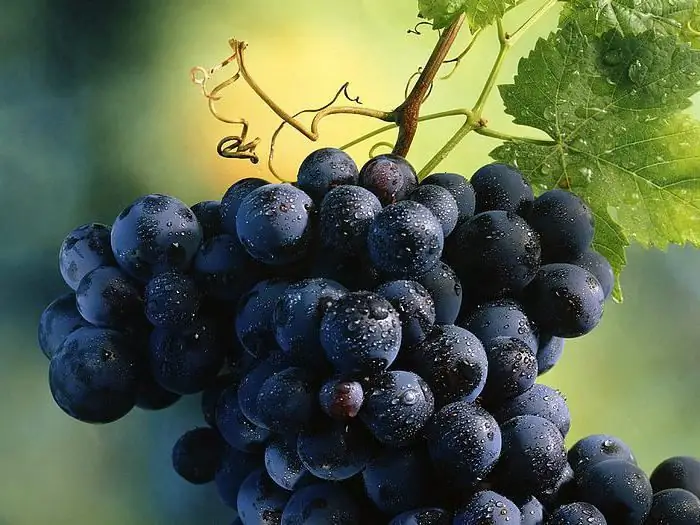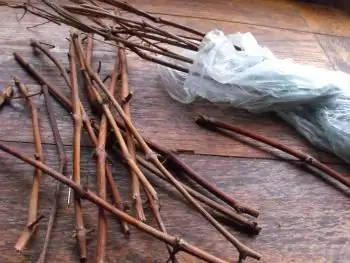Grapes are a plant with ovoid or globular juicy berries that are collected in bunches. There are many varieties of grapes. Only in the territory of the CIS countries and the Russian Federation, more than three thousand species are grown. Depending on the variety, the berries come in a variety of sizes, vary in sweetness, and range in color from green to dark purple, almost black.
Grapes are one of the very first berry crops that were cultivated by man. It is used raw, juices and wines are made from it. In this article, we will describe the Rochefort variety, a table grape. It is a hybrid form. Ripens very early, within 105-110 days.
Variety description

This is a very common grape in our country. The Rochefort variety is distinguished by vigorous bushes and large clusters, which can reach a mass of 0.5 to 0.9 kilograms. The bunch itself has the shape of a cone, quite dense and looks very elegant. Almost no pea is observed. Blooms in early June.
A characteristic feature that distinguishes Rochefort (grapes) -almost one hundred percent marketability.
Berries on bunches are most often dark, red or purple. If the grapes are overripe, they turn black. They are round in shape, but slightly flattened. The average weight of one berry is from seven to nine grams, but sometimes it can reach twelve grams. Size - 26 by 28 millimeters.
The pulp of the fruit is very tasty, with a slight nutmeg flavor. Meaty enough. The berries are covered with a very dense skin, but when eaten, it is not felt. In terms of yield, Rochefort is an average grape, but it has excellent ripening of shoots, and plant cuttings take root easily and quickly.
This variety is best propagated by cuttings. But in order for you to grow a strong and he althy plant, the cuttings need to be properly prepared.
Preparing cuttings

The cuttings are cut in autumn, and then they are stored in the basement, laid in wet sand, or in the refrigerator on the bottom shelf until February. Only after that they can be planted.
The best grapes grow mostly from short cuttings. Rochefort is no exception. Their length should be from ten to twenty centimeters. The cuttings should have 2-3 buds. Planting material must be thoroughly washed and allowed to dry a little. After that, sections are made above the upper kidney and below the lower one. Several small incisions are made at an angle along the bottom of the handle with a knife so that roots grow in these places. The prepared material is immersed incontainer with water. After that, it is necessary to treat the cuttings with a preparation that will stimulate the growth of roots.
Kilchevanie

Prepared planting material must be placed in the kilchevator. The kilching procedure will accelerate root growth, allowing you to grow Rochefort (grapes) quickly and easily. It is necessary to sprinkle the cuttings with wet sawdust and install on a surface that is heated. In those places where roots should form, the temperature should be from 20 to 25 degrees. In the area that will be above the soil level, the temperature should be no more than 15 degrees. If the top bud of planting material is heated, it will germinate.
Two weeks after kilching, the cuttings must be checked to see if roots have appeared on them. If so, then they are transplanted into the soil mixture for further rooting. The further procedure for propagating and planting grapes is standard.
Afterword
Of all the existing table grape varieties, Rochefort is considered one of the best. Grapes, reviews of which are always only positive, are easy to grow, easy to care for, and the taste of the berries is superior to many popular varieties.
Its bunches perfectly tolerate transportation, retain a great presentation, which, combined with excellent taste, makes Rochefort one of the leaders in today's market.






